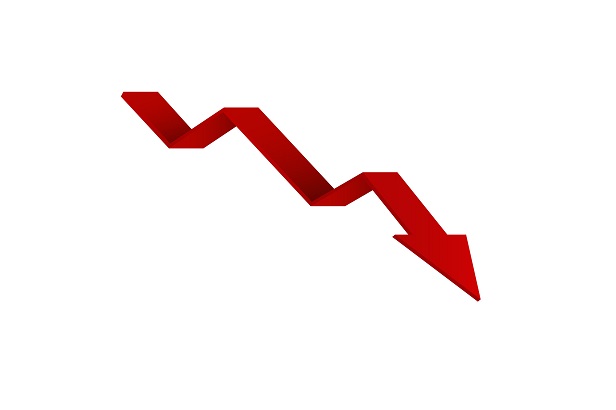WILMETTE, IL—Asking cap rates for all property types—retail, industrial and office—in the single tenant net lease investment sector moved lower for the second consecutive quarter.
In its Third Quarter 2019 Net Lease Market Report, The Boulder Group attributed this trend to a number of factors, including the Federal Reserve lowering interest rates.
"Net lease is the bond equivalent in the real estate market where you have a long-term lease and no vacancy because it's a single tenant," Randy Blankstein, president of The Boulder Group tells GlobeSt.com. "So, it's valued more on an income stream. Other real estate sectors are more speculative based on land values, occupancy and tenant renewal. Those are less stable and more value-add based. When you are cash-on-cash driven, the interest rate is the primary factor in determining your cash on cash. As a 10-year treasury has dropped, people are willing to pay more for these properties."
Blankstein says there are factors beyond low rates driving investors to net lease, primarily a large number of baby boomers entering retirement without enough savings.
"The traditional investment vehicles have been bonds or other conservative investments, but the yields aren't enough to give people the retirement that they envision for themselves," he says. "Net lease has a higher return than bonds and is a little bit of a different risk profile. But if you invested through REITs or an ETF, it [net lease] is a better yielding vehicle. So, I think that's going to keep cap rates from moving too far up."
The number of net leases properties on the market stayed remarkably consistent year over year. Last year at this time, there were 5,235 properties available. Now, 5,230 properties are on the market.
"There just seem to be less sellers in the market today," Blankstein says. "We're in year eight of the recovery and a lot of the people who were turning in a quick profit have done so at this point. So, I think it has stabilized from a supply-demand imbalance."
Even with a stabilized supply-demand situation, Blankstein sees some net lease investors taking on more risk with cap rates at such low levels. As an example, he points to the narrowing spread of 30 basis points between primary, secondary and tertiary markets. Traditionally, he says spreads have been 60 to 80 basis points.
"I think people are overpaying for some of the secondary and tertiary markets at this point," Blankstein says. "With the smaller spreads, I'd rather buy primary markets at this point in the cycle. You might as well choose the best market because you're not really getting paid enough [to take the risk]."
If investors are staying in primary markets, they have been chasing speculative credits. "You see people chasing secondary names like Rite-Aid, Tesla and Applebee's," Blankstein says. "They are high yield, but they are still in primary markets and you're taking some credit risk."
© Touchpoint Markets, All Rights Reserved. Request academic re-use from www.copyright.com. All other uses, submit a request to [email protected]. For more inforrmation visit Asset & Logo Licensing.







